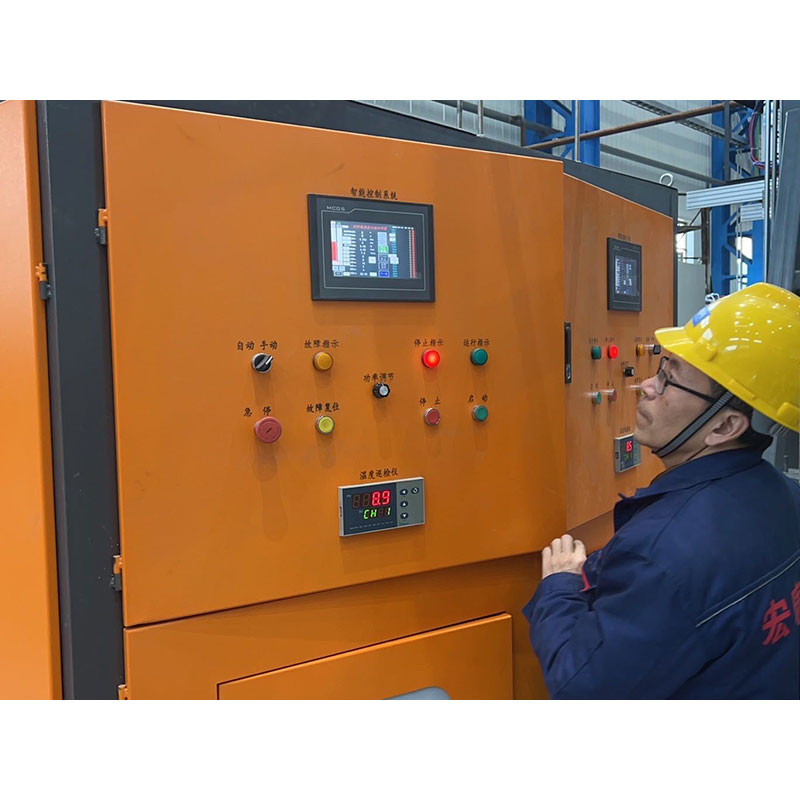Case Brief Introduction
Precision metal welding using a medium-frequency heating furnace involves the use of induction heating to achieve localized and controlled heating of metal components for the purpose of joining them through welding. This process is particularly useful for applications where precise control over the heat input is required. Here are the general steps involved in precision metal welding with a medium-frequency heating furnace:
1. Prepare the Metal Components: Ensure that the metal components to be welded are clean and properly aligned. The joint surfaces should be free of contaminants such as oil, rust, and dirt.
2. Fixturing and Alignment: Secure the components in a suitable fixture to maintain proper alignment during the welding process. This is crucial for achieving accurate and consistent welds.
3. Select Induction Heating Parameters: Adjust the operating parameters of the medium-frequency heating furnace, including frequency, power, and heating time, based on the material properties and thickness of the metal components. Precision welding often requires careful control over the heat input to avoid excessive heating.
4. Induction Heating: Initiate the induction heating process to heat the joint area of the metal components. Induction heating provides rapid and localized heating, minimizing heat affected zones.
5. Apply Filler Material (if necessary): Depending on the welding process used (e.g., brazing or soldering), apply filler material to the joint area. The filler material should have a melting point compatible with the desired welding temperature.




